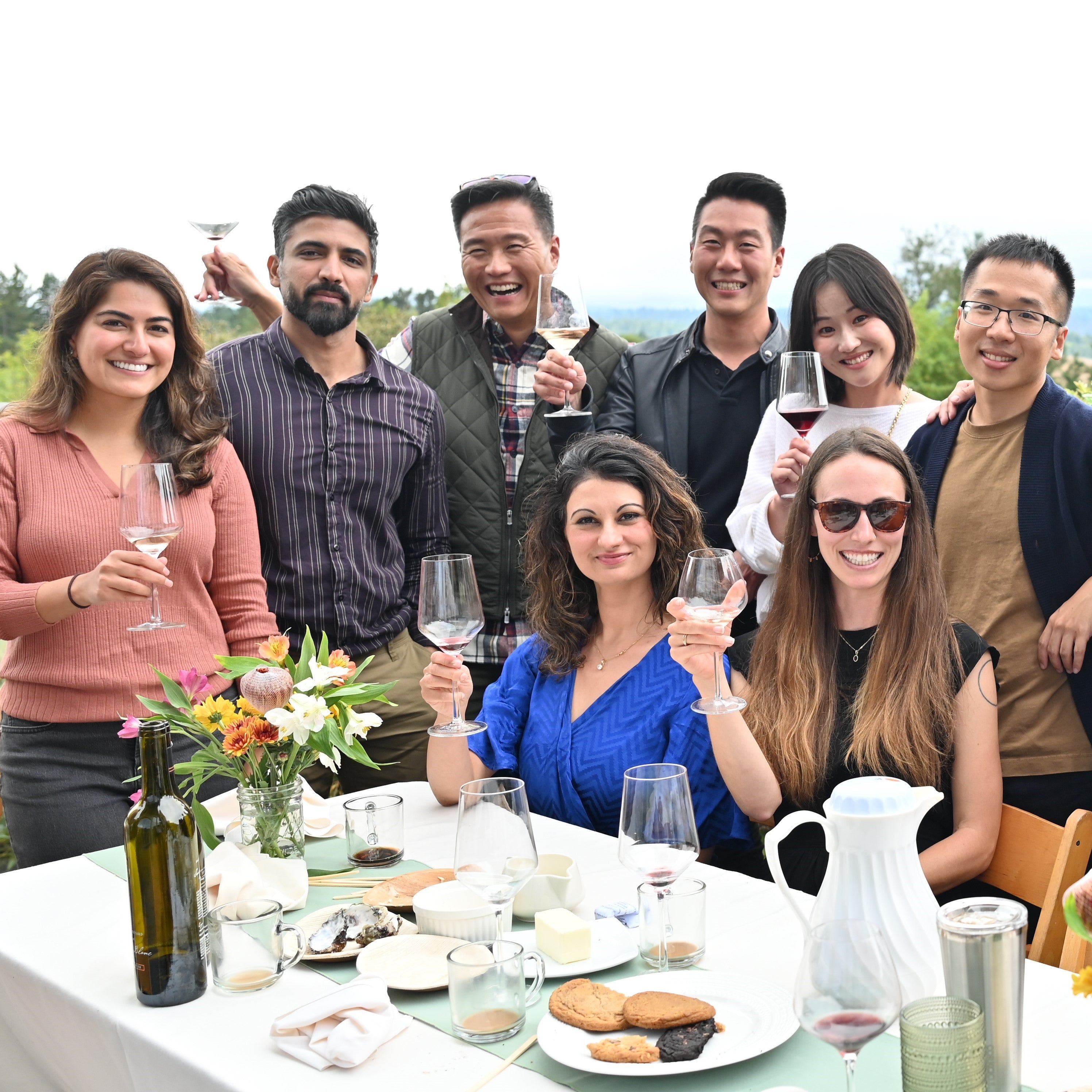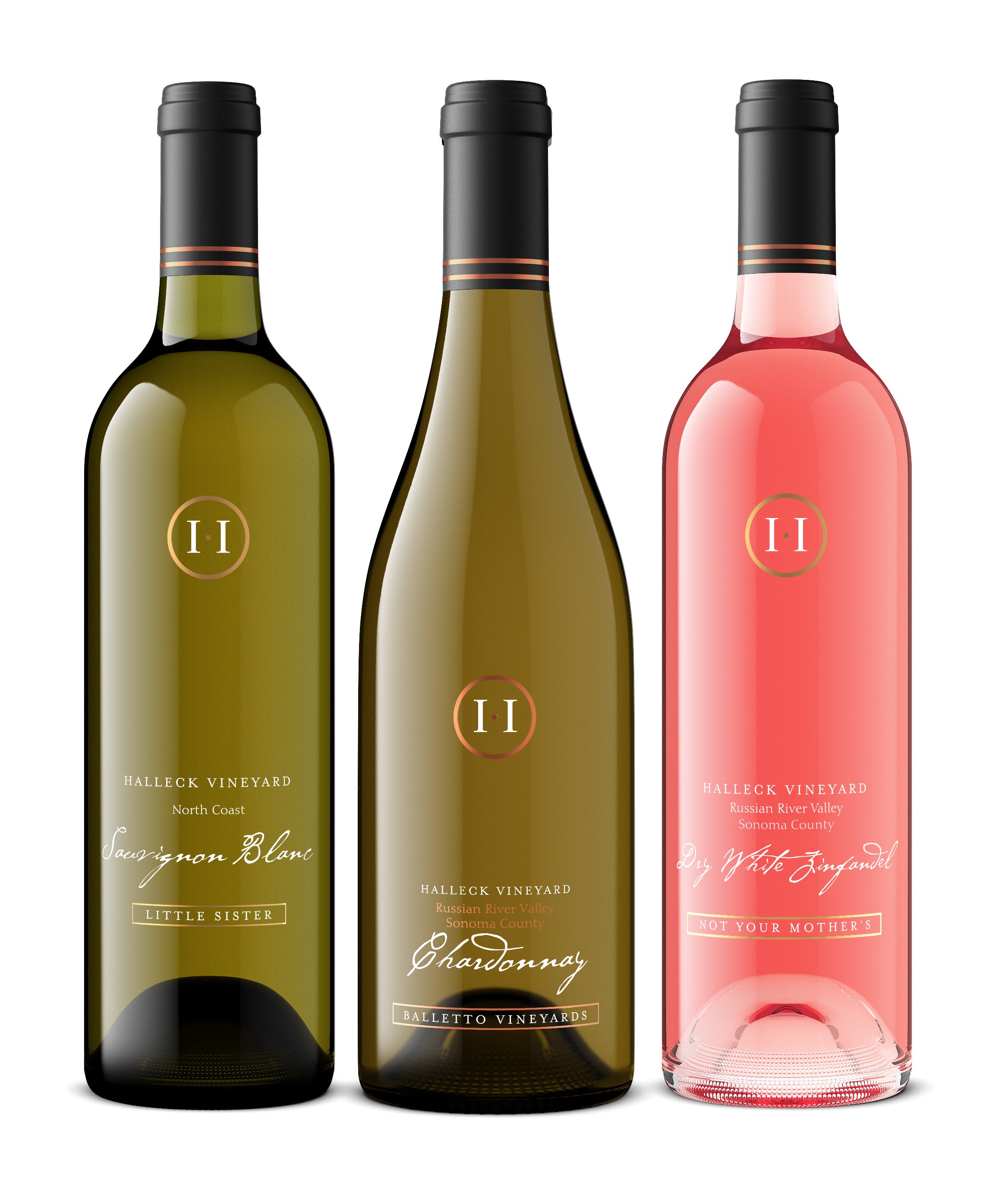Wineries Offering Charcuterie And Wine Pairings - Sonoma Vineyards For A Perfect Day Out
Wineries Offering Charcuterie And Wine Pairings - Sonoma Vineyards For A Perfect Day Out
Blog Article
Hidden Gem Wineries In Sonoma County - Sonoma Wine Retreats
Wine tasting is an art that combines sensory experience with an appreciation for the nuances of different varietals. How to evaluate flavors in winery wine tasting classes is pivotal to greedy the complexities of wine.
Participating in a wine tasting entails greater than simply sipping and savoring. It requires a focused method to establish aromas and flavors that each wine presents. As you start, observe the wine's look, noting its shade and readability. These visible cues typically suggest a wine’s age, grape selection, and even potential flavor profiles.
The next step within the tasting process is to swirl the wine in your glass. This motion releases aromatic compounds which are very important for analysis. Lean in and take a second to inhale deeply; the aromas can range from floral and fruity to spicy and earthy. The nose of the wine is simply as important as the palate, and recognizing scents performs a significant role in understanding the general experience.
When taking your first sip, enable the wine to move throughout your palate - Wineries That Welcome Walk Ins. Discover the preliminary flavors that present themselves. Is the wine fruity, floral, or maybe herbaceous? This preliminary style offers perception into what the wine is more doubtless to categorical as you proceed to judge it. The mouthfeel additionally contributes to the overall flavor experience; it can be silky, tannic, or even effervescent.
Wineries With Beautiful Architecture - Wineries With Outdoor Tastings In Sebastopol
As you continue tasting, take note of the wine’s steadiness. A well-balanced wine will harmonize acidity, sweetness, and tannins. If one element overwhelms the others, it might indicate a less fascinating quality. Evaluating stability can help you identify how properly the wine would possibly pair with food.
Transitioning to the end, contemplate how the flavors evolve as the wine lingers on your palate. A long, pleasant finish can point out a high-quality wine, while a brief or abrupt finish might recommend otherwise. Reflect on whether or not the flavors remain consistent or if new notes emerge as the wine settles. This development can reveal complexities and intricacies that may not have been apparent in the initial tasting.
Temperature is also an important think about evaluating wine flavors. Different forms of wine are optimally enjoyed at particular temperatures. White wines usually shine when chilled, while red wines generally perform greatest at room temperature. When tasting, make certain the wine is at the acceptable temperature to totally recognize its character.
Local Favorite Wineries In Sonoma - Best Winery In Sonoma For Quality Wine
Pairing food with wine can greatly enhance the tasting experience. Meals can influence the perception of flavors in wine, either highlighting sure traits or diminishing them. When evaluating flavors, think about how the wine interacts with different foods, noticing which flavors are amplified or muted (Wineries Featuring Seasonal Wine Events In Sonoma).
Contemplate the influence of terroir as you interact in a winery tasting. Terroir encompasses the distinctive environmental factors that have an effect on grape growing, together with soil composition, local weather, and geography. Understanding a wine's terroir can provide insight into its flavors and aromas, fostering a deeper appreciation for the alternatives made during its cultivation and manufacturing.
Training performs a fundamental function in enhancing one's capability to evaluate wine flavors. Learning about grape varieties, wine areas, and production strategies can pave the means in which for more informed judgments throughout tastings. Moreover, attending workshops or classes can refine sensory skills and increase your flavor vocabulary, enabling you to articulate tasting notes extra effectively.
Lastly, it's important to remember that evaluating wine flavors is a highly personal experience. Particular Person preferences and perceptions will invariably form one’s tasting journey. Enjoyment ought to be on the forefront, with the evaluation process performing as a tool to reinforce understanding and appreciation somewhat than create rigid pointers.
Wineries Known For Their Beautiful Gardens - Sebastopol Wine Country Vineyards Adventure
In conclusion, mastering tips on how to evaluate flavors in winery wine tasting classes entails a mixture of sensory engagement, information, and practice. By learning to establish aromas, assess the balance, and respect the intricacies of flavor, wine enthusiasts can deepen their connection to every bottle they encounter. As with any art type, the extra one immerses themselves within the experience, the more they'll uncover and enjoy the huge world of wine.
- Start by observing the wine's shade and readability, as these visible elements can trace at its flavor profile and growing older potential.
- Swirl the wine gently in your glass; this releases aromatic compounds, permitting you to raised establish the advanced scents associated with the wine.
- Take a deep inhale before tasting, specializing in each main and secondary aromas to gather insights on fruits, spices, and different nuances.
- When tasting, allow the wine to coat your palate; note the initial flavors, the mid-palate complexity, and the end as these stages can provide totally different flavor highlights.
- Pay consideration to texture and mouthfeel, as elements similar to tannin levels, acidity, and sweetness contribute significantly to the overall tasting experience.
- Examine flavors against normal wine traits; for pink wines, think about berry notes, oak influence, and natural tones, while whites could include citrus, stone fruits, and floral hints.
- Take notes during the tasting session to track your impressions, serving to you to recollect and evaluate the completely different wines sampled.
- Talk About your findings with fellow tasters or winery workers, as sharing insights can enhance understanding and appreciation of individual flavors.
- Permit time for the wine to breathe; generally, flavors evolve and reveal new dimensions after being uncovered to air.
- Experiment with food pairings through the tasting as they will dramatically alter how flavors are perceived, influencing overall enjoyment.undefinedWhat ought to I search for when evaluating the aroma of wine throughout a tasting?
Start by swirling the wine in your glass to release its aromas. Deliver the glass to your nostril and take a deep breath. Pay attention to the first scents you detect, as these are often probably the most distinguished. Look for fruit, floral, herbal, or earthy notes and attempt to establish particular characteristics, which is ready to deepen your understanding of the wine's complexity.
Wineries With Breathtaking Gardens In Sonoma - Sonoma County's Best Wine Experiences

How can I distinguish between completely different flavor profiles in wine?
Perceive that flavor profiles are often categorized as fruit, floral, herbaceous, spicy, or mineral. Take small sips and allow the wine to coat your palate. Discover the first flavors that emerge first and the delicate notes that follow. This layering is essential in distinguishing the wine's traits and will assist you to appreciate its distinctive profile.
Wineries Known For Their Hospitality - Sebastopol Vineyard Visits
What is the significance of the wine's texture in a tasting?

The texture of the wine, also called mouthfeel, plays a crucial role in how we perceive flavors. Pay attention to whether the wine feels easy, creamy, or gritty. The body of the wine (light, medium, or full) can enhance or distinction with flavors, offering a more rounded experience throughout tasting.
How do I assess the stability of flavors in wine?
Stability in wine refers to the concord between acidity, sweetness, tannin, and alcohol. Take about his a second to assess whether these elements complement or intervene with one another. A well-balanced wine could have none of its components overpowering the others, creating a nice tasting experience.
Wineries Producing Pinot Noir And Chardonnay - Sebastopol Vineyard Experiences
What role does temperature play in evaluating wine flavors?
Temperature can significantly impact the notion of flavors. redirected here Typically, purple wines are greatest served barely beneath room temperature, while white wines benefit from being chilled. As the temperature adjustments, the aromas and flavors can shift, permitting you to understand totally different characteristics. It’s essential to style wine at its optimal temperature for true evaluation.
Wineries With Educational Tours In Sonoma - Sebastopol Wine Country
How can I enhance my tasting skills over time?
Practice is vital to enhancing your tasting skills. Rustic Family-Owned Wineries In Sebastopol. Attend tastings, maintain a journal of your experiences, and discover various sorts of wines to broaden your palate. Additionally, learning about wine manufacturing and grape varieties can present context that enhances your evaluation process, making you a extra knowledgeable taster.
Is there a selected order by which I should style the wines?
Wineries Producing Pinot Noir And Chardonnay - Finding Good Wineries For Wine Tasting
Yes, it’s advisable to taste wines from light to full-bodied and dry to sweet. This development prevents the stronger flavors from overshadowing the extra delicate ones, permitting you to completely respect each wine's traits and nuances with out palate fatigue.
How can I evaluate the aftertaste of wine?
Wineries Ideal For Romantic Getaways - Wine Tours And Tastings In Sebastopol
The aftertaste, or end, is an important aspect of the wine-tasting experience. After swallowing, take note of how lengthy the flavors linger on your palate and whether or not they change. A long, pleasant finish is commonly an indicator of a high-quality wine, while a brief or disagreeable end could recommend otherwise.
Why is it essential to notice the wine’s acidity during tasting?
Acidity contributes to the general freshness and construction of the wine. Pay attention to the tingling sensation in your tongue; larger acidity can enhance the wine's liveliness and stability out sweetness. Noting acidity helps decide the wine's versatility with food and its getting older potential.
What ought to I do if I struggle to determine particular flavors in wine?
Top Rated Wine Experiences In Sebastopol - Sonoma's Hidden Winery Gems
Struggling to identify flavors is frequent, particularly for newbies. Focus on broader categories and describe what you presumably can acknowledge, similar to sweet or earthy notes. With practice, studying about totally different flavor profiles, and perhaps utilizing flavor wheels, you will refine your senses and develop a more nuanced method to tasting. Report this page